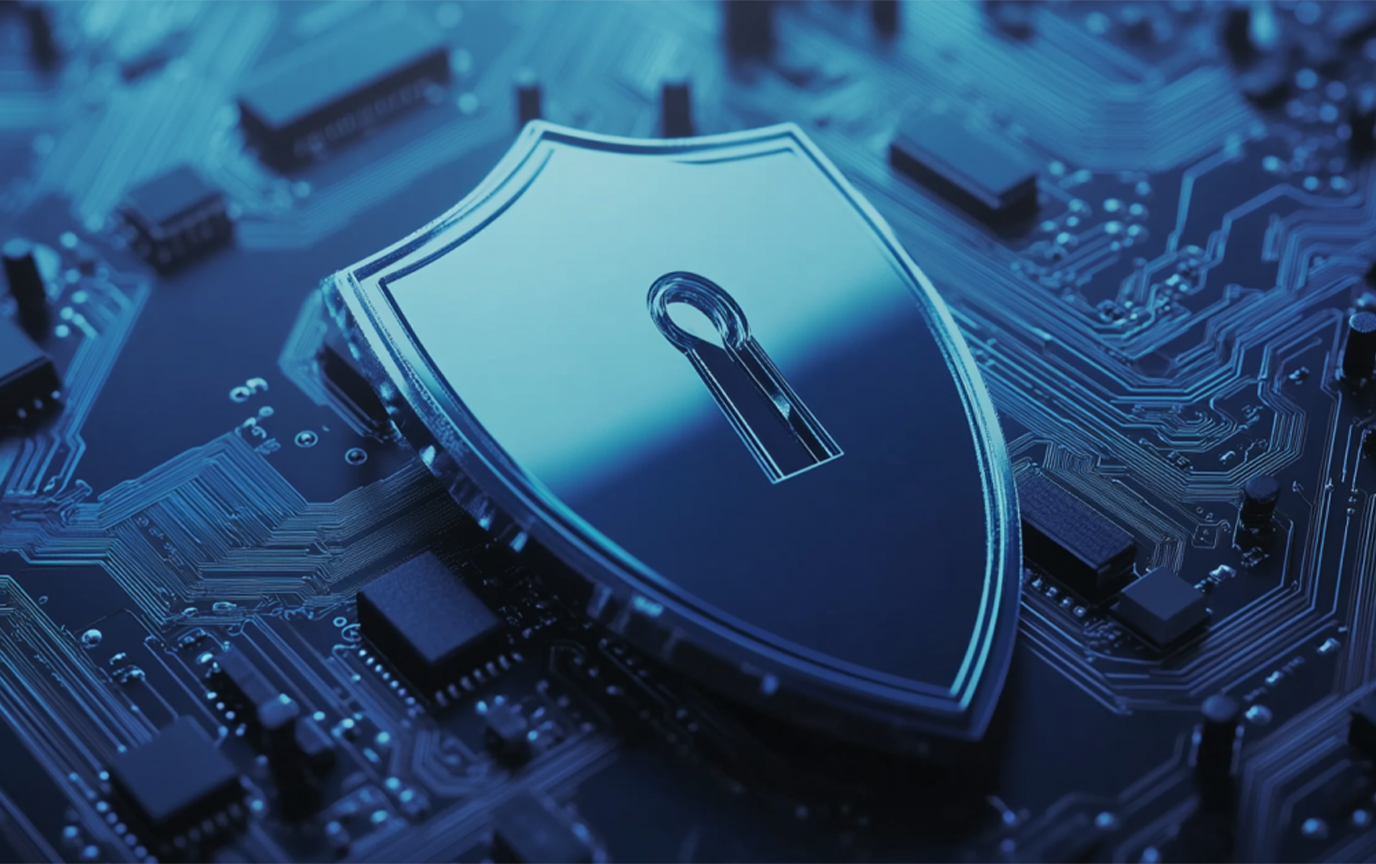
Data Integrity OmniSeal Solution for the Healthcare Industry
The global healthcare big data analytics market size is projected to grow from $215.71 billion in 2023 to $794.08 billion by 2030, expanding at a compound annual growth rate (CAGR) of 24.26% from 2023 to 20301 . As more and more hospitals, businesses, and health institutions rely on big data to gain insight into the various aspects of healthcare, the state of ‘health’ of underlying data becomes the pivotal point to ensure the accuracy of the analyses and reports. Moreover, the increasing reliance on electronic medical records (EMRs) and the digitalization of medical imagery introduced new challenges in safeguarding data integrity and security. With the advancement of artificial intelligence, fake data and images are becoming nearly impossible to detect. Based on IBM’s 2023 report2 , the average cost of a healthcare data breach is now $10.93 million, with the data breach risen by 53.3% since 2020. Furthermore, healthcare organizations across the world averaged 1,463 cyberattacks per week in 2022 while US healthcare entities suffered an average of 1,410 weekly cyberattacks per organization, up 86% compared with 20213 . US healthcare organizations continue to be the most compromised by data breaches with 344 beaches in 20224 , translating to $3.76 billion in mitigation costs just in 2022. We are looking at a market approaching $1 trillion in about ten years desperately needing authenticated and non-corrupted data! PureCipher’s breakthrough innovation in protecting data integrity addresses these unmet needs. Our Data Integrity OmniSeal (OmniSeal) suite of technology capabilities represent a significant advancement in integrating machine-readable data within diverse human-intended data streams. OmniSeal provides a way to track data provenance, lineage, and tampering, thus, allowing data owners the ease of minds that their digital gold (data) is secured and protected. This capability signifies a landmark in the field of digital communication and data protection.
When breaches are instigated by AI facilitated criminal groups, the unauthorized access or manipulation of patient data not only violates patient privacy, it can also result in identity theft and/or medical fraud. Currently, the healthcare industry’s main concern is patient data privacy and preservation. However, with the advent of technologies, the next level of cybersecurity attack is in the subtle cases of data tampering. Data tampering can come in many forms, from disinformation to actual changes of specific datasets. In December 2020, the European Medicines Agency was the subject of a cyberattack that resulted in a data breach. But in January 2021, the agency found “some of the correspondence has been manipulated by the perpetrators prior to publication in a way that could undermine the trust in vaccines.”5 Recently, the president of Stanford University stepped down
1 Report by Market Research Future (MRFR) 2 IBM Security Cost of a Data Breach Report 2023 3 Insider Intelligence 4 Identity Theft Resource Center (ITRC) 2022 Data Breach Report 5 Cybersecurity Dive, Feb. 17, 2021 by Samantha Schwartz
Due to the accusation that an important Alzheimer study he conducted used falsified data. And, a university in Kyoto acknowledged data manipulation in a clinical trial that they ran for a blockbuster hypertension drug6 . These cases point to the fact that in addition to protecting data from being stolen, protecting it from been altered and manipulated is just as important. In the age of AI dominance, fake data could potentially cause dire consequences, the AI facilitated cyber-criminal activities will happen more often and with greater sophistication and efficacy. Although there is no hard data currently to quantify the costs relating to mitigating AI related cybersecurity crimes, the cost of alleviating these incidents is expected to go up significantly.
As data integrity can directly impact patient safety, treatment efficacy, and overall healthcare outcomes, ensuring the authenticity and trustworthiness of patient data is of paramount importance. It is thus imperative that a solution which can implement robust data authentication, provenance tracking, and tamper detection be available as soon as possible to ensure data integrity! PureCipher’s OmniSeal is that solution! Currently, there are companies that provide different types of data authentication capabilities using digital signatures, blockchain, watermarking, hashing, secure timestamping, machine learning, and some in combination with hardware devices for various functions including lineage tracking. Some prominent companies in this space include Entrust Corp. that ensures data authenticity by using digital signing solutions and multi-factor authentication to establish trusted identities and by default authenticity for digital contents. Evernym, Inc. and Factom, Inc. both use blockchain to create decentralized identity solutions and immutable records of data and documents. Truepic provides a media platform and phone app that uses a content verification protocol which captures the metadata, location etc. and verifies the information with a certificate authority. The protocol ensures that the image is authentic and has not been tampered with, without embedding any marks. Hyland Software ensures data authenticity by using the Hyland Data Transfer solution that allows users to automatically verify, clean up, and enter data extracted from various sources. This solution requires extensive human interaction.
PureCipher’s breakthrough multiplex encoding and Unified embedding technologies allow human readable text to be combined with machine readable messages e.g. certificate or patients’ personal information, while our innovative implementation of steganography embeds the messages into a patient’s medical images, audio and/or video recordings of consultation sessions. For the first time, healthcare providers can track their patient data provenance and lineage with the ability to detect any tampering without having to use multiple products while gaining better protection.
The novel technology and implementation of our Digital Integrity OmniSeal (OmniSeal) represent a significant breakthrough in integrating machine-readable data within diverse human-intended data streams. As we advance into an increasingly digital era, OmniSeal holds enormous potential to revolutionize human-machine communication across a wide range of applications, signifying a landmark in the field of digital communication and data protection.
6 SCIENCE, July 19, 2013
